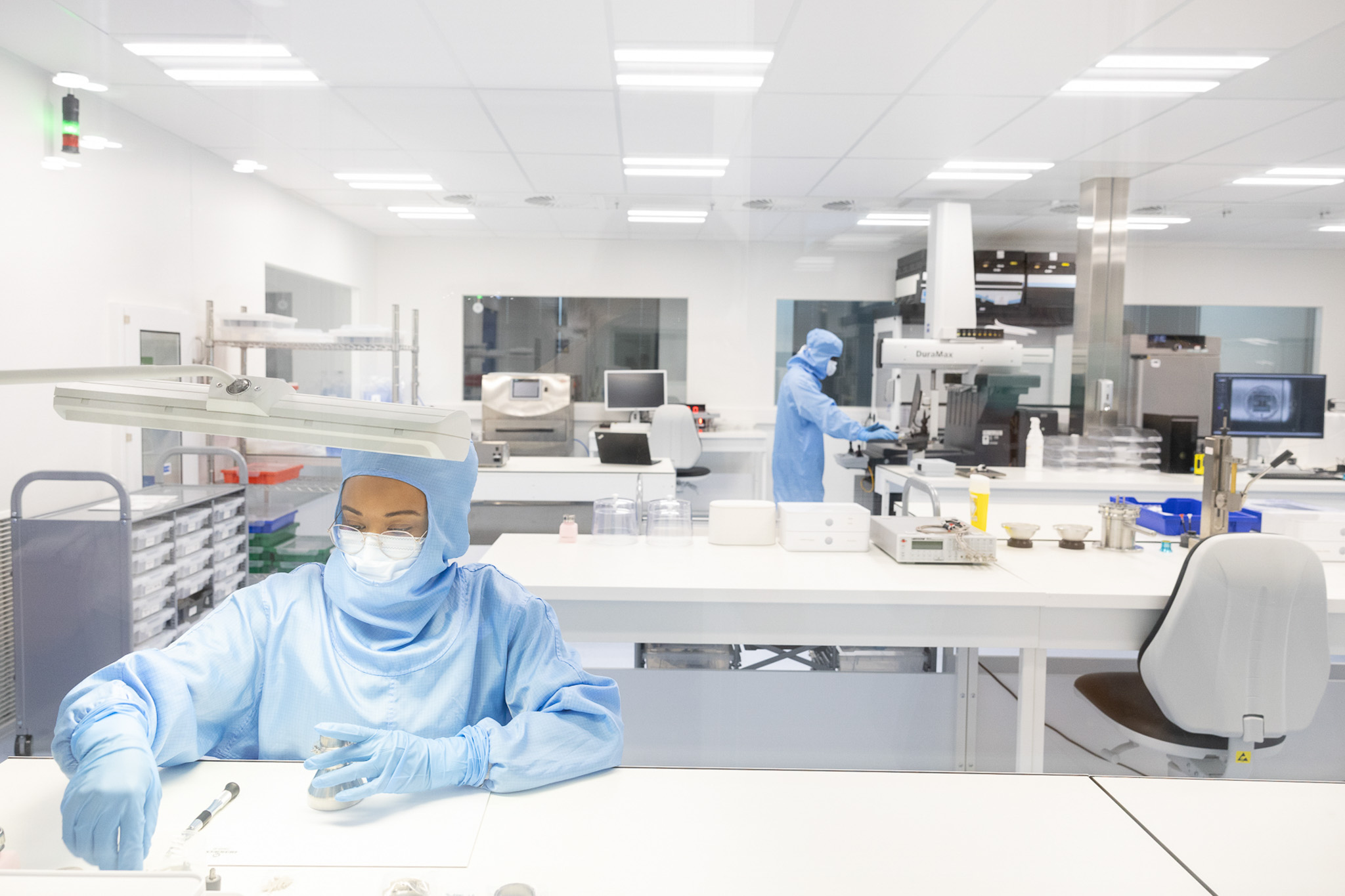The new facility is already operational. It is expected to produce 1,000 heart pumps a year, and up to ten times as many in the long term, if further expansion proves necessary. It includes a clean room and a quality control room, and occupies 800 m², in addition to the 1600 m² occupied by CorWave’s headquarters and R&D center.
The inauguration took place on October 9 in the presence of local elected representatives, as well as the Minister Delegate for Industry, Roland Lescure, and the Minister Delegate for the Digital Transition and Telecommunications, Jean-Noël Barrot, thus attesting to the French government’s support for this initiative, which is fully in line with the reindustrialization of the region that it advocates.
CorWave has invested 12 million euros in this expansion, including 4 million in machinery and tools. In anticipation of this, the healthtech company raised 61 million Euros in Series C financing last June (from Sofinnova, Novo Holdings, Bpifrance EIC Fund, joined by the SPI fund managed by Bpifrance, the Exor
Ventures venture capital fund and the Belgian family office Vlerick Groupe).
Louis de Lillers, CorWave’s Managing Director, is proud to say: “From a research and development company, we are now an industrial company (…) We want to ensure the robustness of our industrial processes before moving on to the clinical phase.”
It took 11 years of R&D to develop CorWave LVAD. Thanks to an undulating membrane inspired by the swimming movement of fish, this cardiac pump can reproduce the physiological functioning of the heart, i.e. the pulse and blood flow speeds of a healthy heart.
Clinical trials will take place at a later date, which remains confidential. These trials aim to confirm that CorWave’s device is safe and effective, and to some extent facilitates a return to a more “normal” life, with less breathlessness and fewer complications than heart pumps currently on the market.
“The new plant in Clichy will enable us to manufacture a highly sophisticated and complex medical device, with the highest standards, to save patients all over the world and offer them a better quality of life,” says Louis de Lillers, CorWave’s Managing Director.
Heart failure affects 64 million people worldwide. Louis de Lillers is delighted to say: “There are strong market expectations. We have already received letters of intent from medical centers representing 30% of the European market alone.”
Today, one player largely dominates the market, the American Abbott, with its left ventricular assist device (LVAD). According to CorWave’s CEO, “only 30,000 patients have benefited from Abbott’s heart pump, i.e. only around 5% of the population who would need it. (…) Users would like an alternative. Clinical needs are particularly strong.”
After this pump, other innovations are expected to follow, including the manufacture of Nemo, another smaller heart pump, which targets populations that today receive little or no treatment: the most fragile patients, notably the elderly, and those suffering from heart failure with preserved ejection fraction (HFpEF).
CorWave’s financial projections are promising. The startup anticipates annual sales of €100 million, which could rise to €1 billion within a few years.



